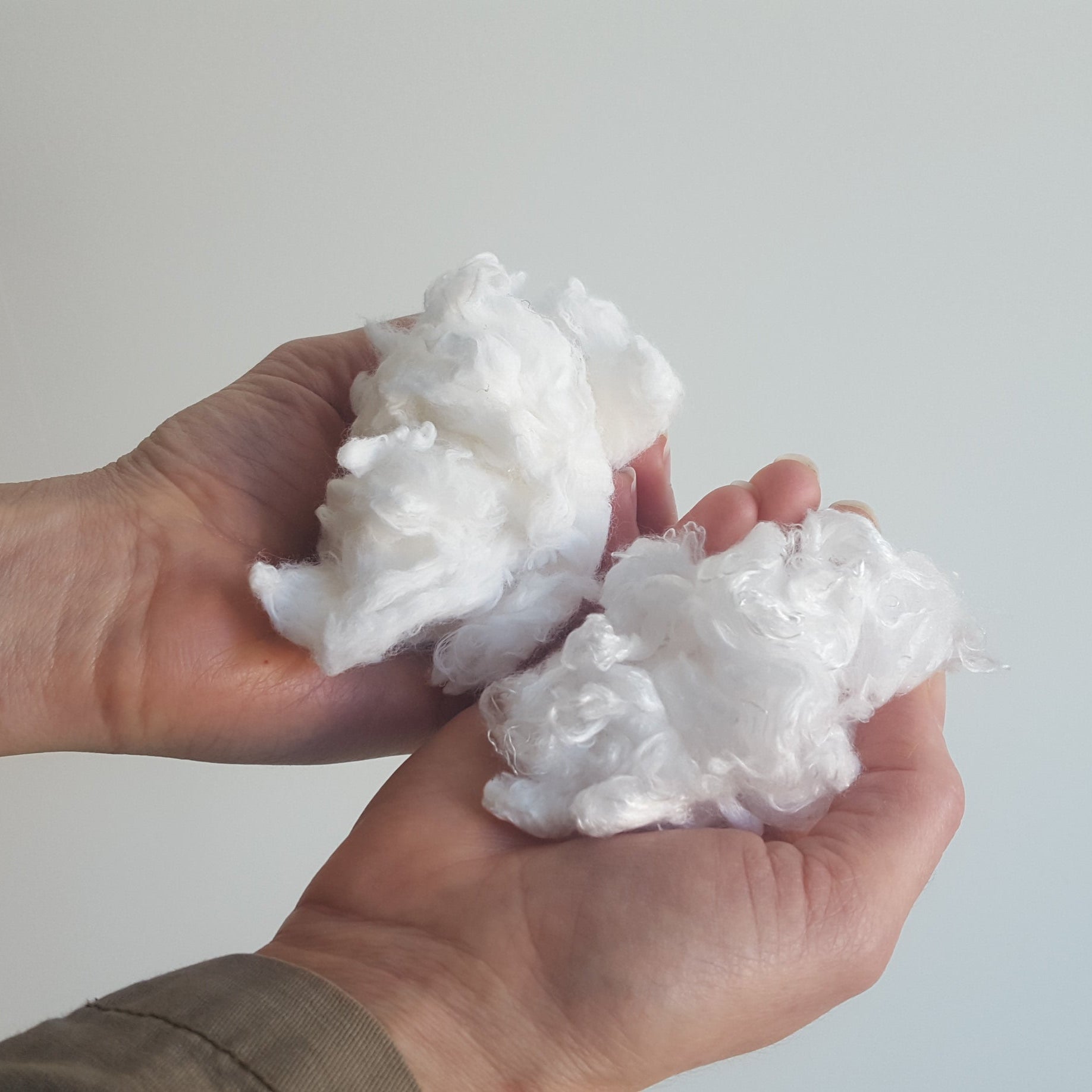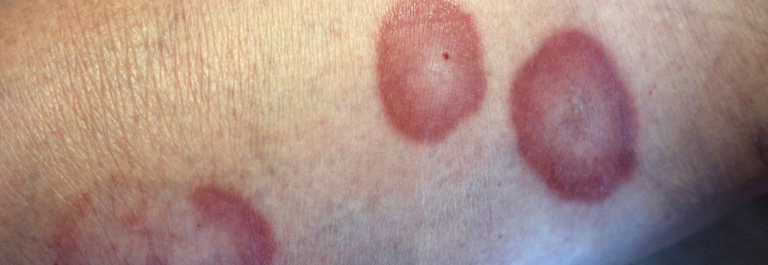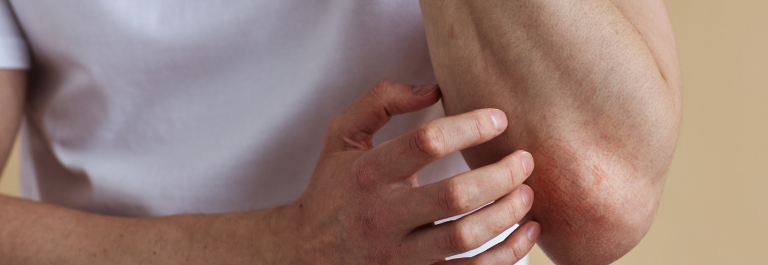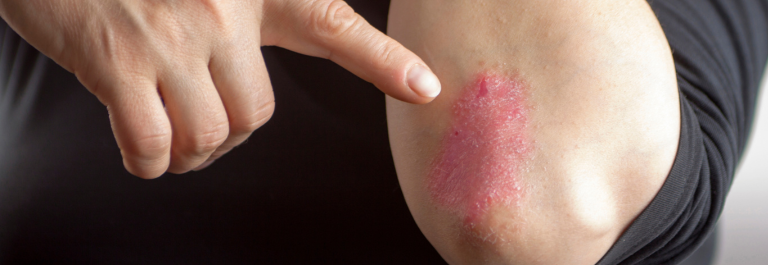Granuloma annulare is an uncommon skin condition that often presents as a circular rash or raised, skin-colored bumps. Though typically not painful or contagious, it can be concerning for those who experience it, as the symptoms may cause discomfort or make people feel self-conscious.
In this blog, we’re going to explore:
-
The different types of granuloma annulare and their symptoms
-
Common causes, disease associations, and how healthcare providers diagnose this condition
-
Available treatments and management strategies to address affected areas and improve quality of life.
Keep reading to learn how to better understand, manage, and treat granuloma annulare.
What Is Granuloma Annulare?
Granuloma annulare is a chronic skin condition characterized by granulomatous inflammation, resulting in papules or raised bumps forming a ring shape on the skin. The condition is most common in children and young adults but can also affect older adults. Symptoms may vary depending on the type of granuloma annulare, and some cases are more extensive than others.
The exact cause of granuloma annulare is unknown, but studies suggest it may be related to the immune system’s response to minor injuries, infections, or certain systemic conditions. It’s worth noting that granuloma annulare is often seen in healthy people, though associations with thyroid disease, diabetes, and other conditions have been reported.
Types of Granuloma Annulare
Granuloma annulare is classified into different types based on the symptoms and areas of the body it affects:
Localized Granuloma Annulare
This is the most common type and typically appears as a ring-like rash or flat areas of raised, rubbery lumps. It often affects small areas like the fingers, hands, feet, or arms. The lesions are usually skin-colored and non-itchy, resolving within a few months to a few years.
Generalized Granuloma Annulare
In this form, multiple areas of the body, including large areas on the trunk and legs, are affected by a widespread granuloma annulare rash. Generalized cases may persist for a longer duration and often require medical intervention.
Subcutaneous Granuloma Annulare
This type affects children more commonly and presents as firm, rubbery lumps under the skin, particularly on the legs and arms.
Perforating Granuloma Annulare
This rare form involves bumps that discharge a clear or yellowish liquid. It may result in scarring on the affected areas.
How Is Granuloma Annulare Diagnosed?
Healthcare providers diagnose granuloma annulare through clinical evaluation and, in some cases, a small sample (biopsy) of the affected skin. The distinctive ring shape and distribution of lesions often make diagnosis straightforward, though other granulomatous disorders may be considered. A focused review of the patient’s medical history can help identify potential disease associations, such as thyroid disease or diabetes.
Treatment Options for Granuloma Annulare
While granuloma annulare often resolves on its own, managing symptoms like itching, dryness, or discomfort can make a big difference in how you feel. We offer a range of natural skincare products that can help soothe the affected areas without harsh chemicals. Here’s how they can support your skin:
Organic Manuka Skin Soothing Cream
Packed with the anti-inflammatory properties of Manuka honey, our Organic Manuka Skin Soothing Cream helps calm irritation, reduce redness, and hydrate dry, itchy skin. It’s perfect for sensitive areas and free of common irritants.
Anti-Itch Gloves with TENCEL™ and Zinc
Granuloma annulare often affects the hands and fingers, causing dryness, irritation, or discomfort. Remedywear™ gloves for adults and kids are embedded with TENCEL and anti-inflammatory zinc, provide a soft, breathable layer to protect and soothe these areas while promoting healing. They’re designed to fit like a second skin, covering the fingers, nails, palms, and wrists, making them ideal for treating itchy, irritated areas without exacerbating symptoms.
Anti-Itch Long Sleeve Shirt with TENCEL™ and Zinc
For those experiencing granuloma annulare on the chest, arms, or back, this Remedywear™ shirt for adults and kids offers a soothing solution. The breathable fabric, embedded with TENCEL and zinc, helps calm irritated skin while reducing inflammation. It’s ideal for minimizing discomfort in affected areas and can be worn comfortably under everyday clothing or as pajamas.
Anti-Itch Legging Pants with TENCEL™ and Zinc
Granuloma annulare often affects the legs, knees, or buttocks, causing discomfort and irritation. These Remedywear™ pants for adults and kids provide gentle, full-coverage protection while soothing sensitive skin. Made with moisture-wicking fabric, they are perfect for calming itchy, inflamed areas and can be worn under clothing or as breathable pajamas.
Managing Granuloma Annulare
Granuloma annulare may affect a person’s confidence, especially when it involves large areas of the body. If you feel self-conscious about your skin, consult with a dermatologist or healthcare provider to explore therapeutic options tailored to your needs. Maintaining good skin health, avoiding irritants, and adopting habits that promote overall wellness can also support the healing process.
Take Control of Your Skin Health Today
Granuloma annulare is often manageable with the right treatment and care. By understanding the different types, seeking a timely diagnosis, and working closely with a dermatologist, you can reduce symptoms and address affected areas effectively.














